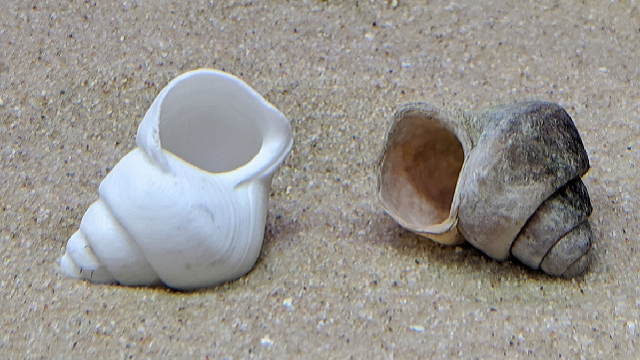How evolution engineered nature’s underwater acrobats
Swim like a sea lion, splash like a seal. This fascinating article discusses how biology and engineering have come together to learn about the evolution of seals. It is best suited to students in Years 4, 5, 7 and 10 … Continued

